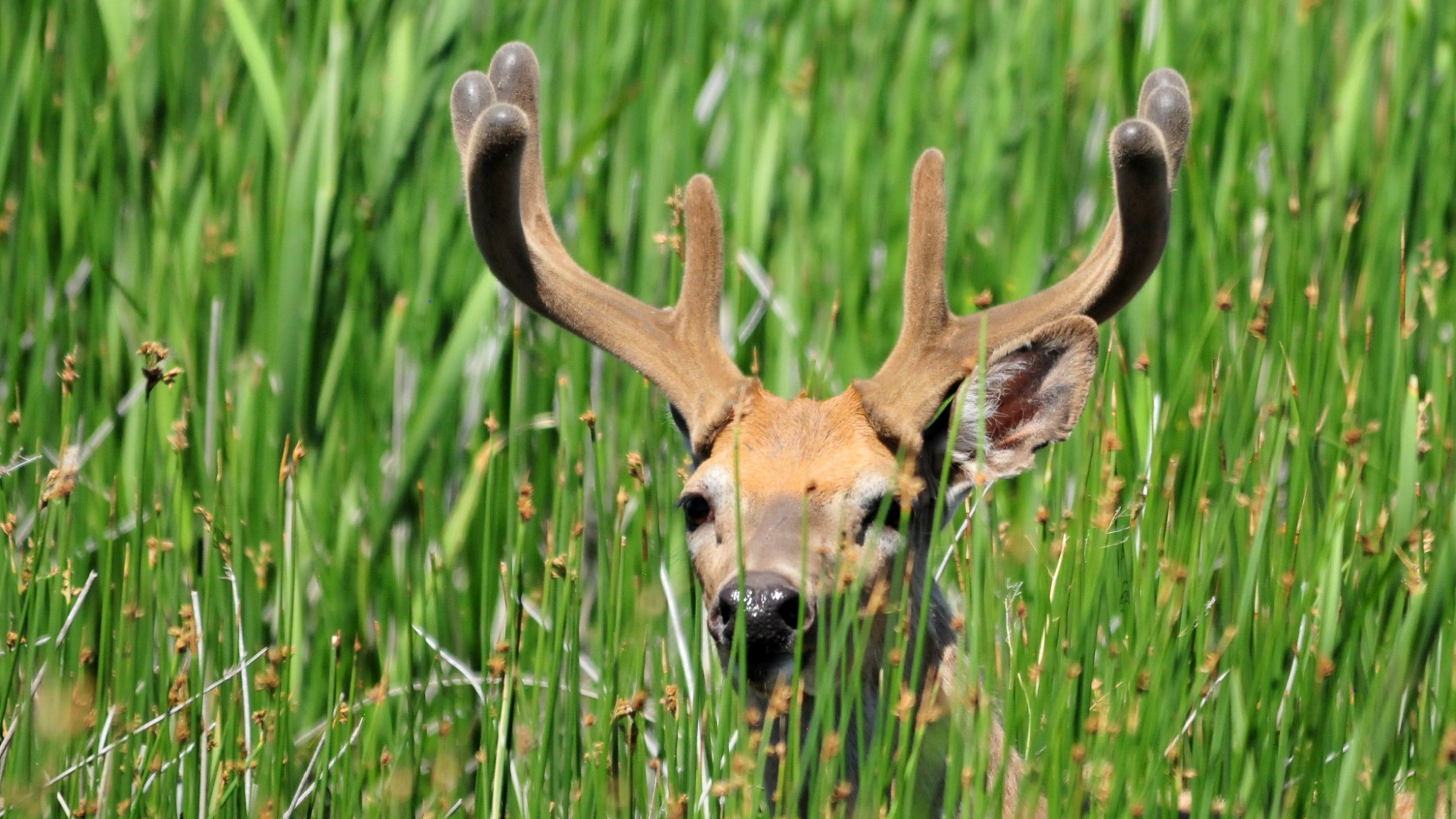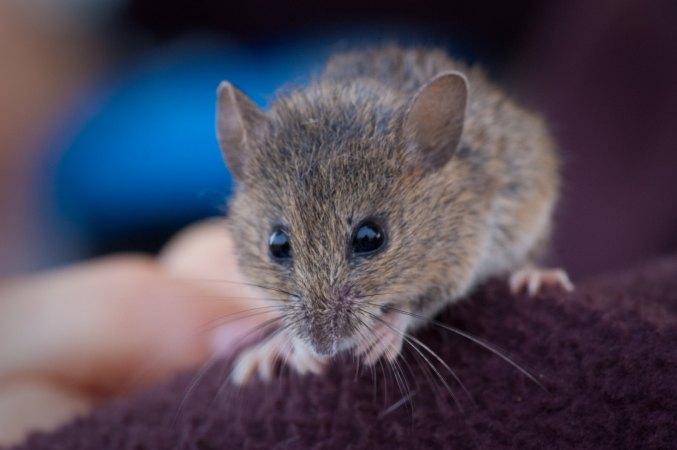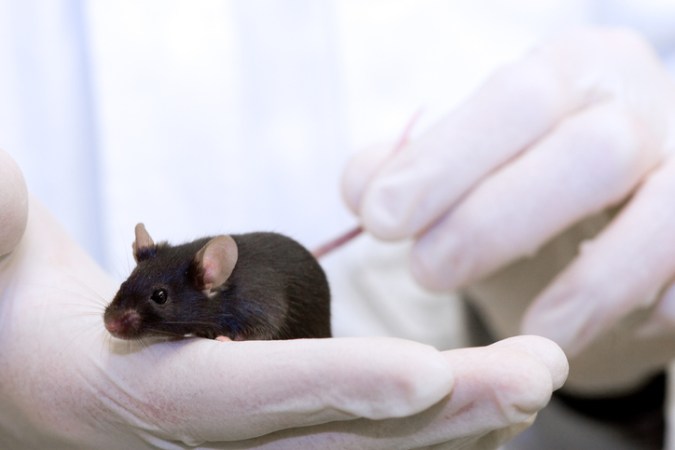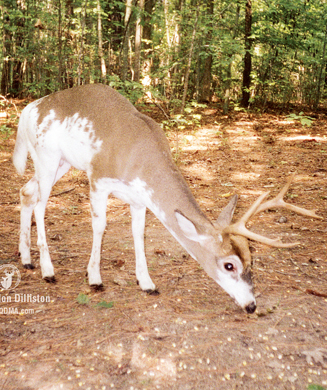While chronic wasting disease ranks high on the list of risks the future of deer in North America, ticks aren’t high on the list of threats to wild deer. (After all, deer blood is known to eradicate Lyme disease.) But that perception might change now that researchers from the University of Wisconsin, University of Texas, University of Montana, and the USGS have discovered that black-legged ticks can ingest, harbor, and excrete CWD prions. Black-legged ticks live across the entire Eastern half of the United States and coexist with a lot of whitetails, moose, and even elk.
The study, published in Scientific Reports on May 15, details a complicated experiment in which researchers inoculated cow blood with brain tissue from CWD-infected deer. They stored the blood in small membranes that black-legged ticks could latch onto and feed from, and then tested the ticks for prions after they were fully engorged.
Researchers also tested ticks from wild, hunter-harvested whitetail deer heads to see if CWD prion detection was possible in naturally feeding ticks. Results from both the experimental ticks and the wild ticks indicated that “ticks can take up transmission-relevant amounts of [prions] and may pose a CWD risk to cervids.”
READ NEXT: Zombie Deer Disease: CWD’s Unfortunate Nickname
Transmission by Grooming
Deer participate in social grooming (scientists call this “allogrooming.”) What concerns researchers is that CWD-negative deer might ingest engorged ticks from CWD-positive deer while grooming them, causing transmission of the disease. It stands to reason that if one whitetail is grooming another, the two are in such close contact that transmission is almost unavoidable anyway. But, researchers point out, examining ticks taken from live deer might indicate the presence of CWD in that deer—without taking blood or tissue samples.
Ticks ingest three “bloodmeals” in their life, one for each life cycle. Each meal tends to come from a different host, but it was unclear whether researchers are worried about ticks carrying CWD from one deer to another.
Read Next: How to Remove a Tick
This doesn’t necessarily mean that ticks are helping perpetuate the spread of CWD across the continent. As researchers note, the concentration of CWD prions in the blood sample they fed to the lab ticks was much higher than the standard prion concentration of any blood ticks would ingest from wild cervids. And while the ticks pulled from infected whitetails did have enough prions in their systems to be detected by a test, it’s unclear whether the concentration was potent enough to spread CWD to another animal. But this study certainly lays the foundation for further research.

















